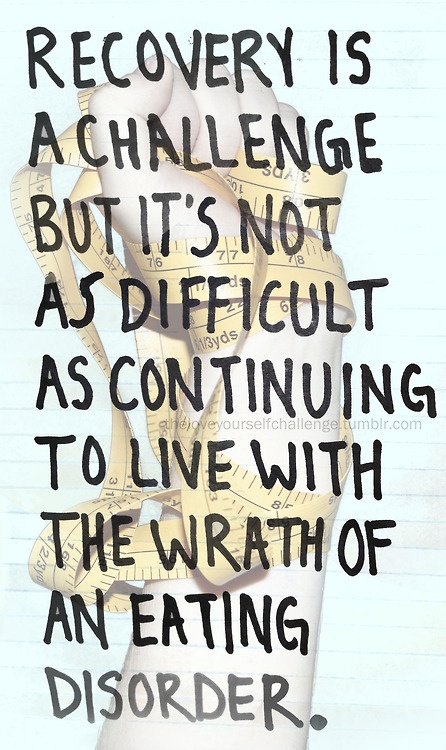A distraction box, or self harm survival kit, is just that - a box full of things to distract you from self injuring. You can put anything in there that you like, and can decorate the box however much you want to. Some things that we think could help include:
- Stress balls
Pen and paper
Chamomile tea bag (renowned for relieving stress apparently)
Bubble wrap
Positive quotes
Funny cartoons (laughter is best medicine)
Crossword
Plasticine
Phone numbers, useful websites
Photos or pictures that mean something to you
Sudoku or little puzzle games
Positive stories from others
Questions to ask yourself before you self harm
Some riddles
Essential oil scents like lavender, clary sage and rosemary, all good for anxiety, depression type symptoms
Crosswords
A rubix cube
Jokes - silly simple jokes that make people laugh because they're so cheesy!
Bubble wrap
A cuddly toy
Small colouring book and pencils
Photos of relaxing scenes - mountains, rivers, etc.
Question/therapy/avoidance cards that say things like 'Do I really want to do this?' or something supportive
Your favourite film - something you always enjoy watching
A good (but non triggery) book
A CD of uplifting music







